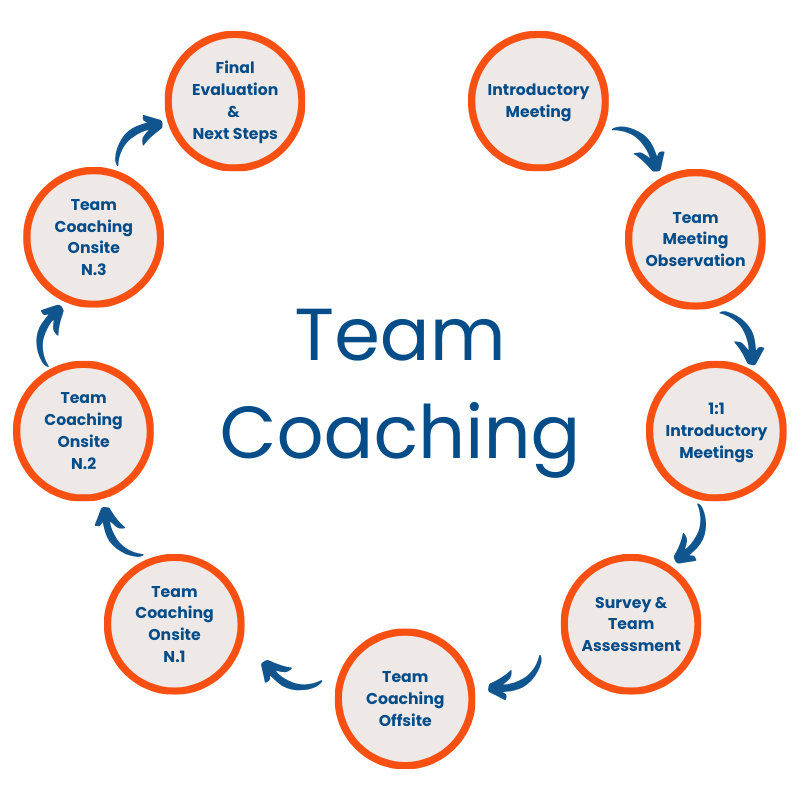Why Choose bCoached for Team Coaching in Dubai?
At bCoached, we believe that every team has untapped potential — and our mission is to help unlock it. Our experienced team coaches bring a wealth of expertise from corporate leadership, organizational psychology, and performance development. We combine proven coaching frameworks with real-world understanding to deliver measurable impact.
What sets bCoached apart:
Every coaching program is tailored to your team’s context and objectives.
Our certified coaches have extensive experience working with executives and leadership teams across industries.
We address not just team behavior, but the organizational systems that shape it.
Our structured approach ensures lasting behavioral change and sustainable growth.
We create a safe space for honest conversations and authentic development.

